American Dipper (Water Ouzel) photos by Larry Jordan
Lassen Volcanic National Park (LVNP) was established as a national park in 1916 following its eruptions in 1914 and 1915. The park’s over 106,000 acres is open to the public year round but is not always accessible by road.
The Water Ouzel (I love that name) pictured above is one of the birds usually spotted in the creek behind the northern visitor’s center at Manzanita Lake. I found it sitting on a log above the creek, preening (click on most photos to see larger image).
When our Audubon group stayed at Lost Creek Group Camp last weekend (see interactive map) the road was only open to the Devastated Area (due to snow), limiting our birding to the lower elevations of the park. Even so, we observed 58 species, including several nesting birds like the Pygmy Nuthatch and some with young in tow like this Mallard at Manzanita Lake
and this Bufflehead.
As we rounded the lake, we saw nesting Tree Swallows and a pair of Red-breasted Sapsuckers feeding their nestlings.
It is always exciting to watch the Osprey pair that nest at Manzanita Lake flying overhead

but according to the LVNP website section on birds, the park has one Bald Eagle territory (we saw the Bald Eagle at Manzanita Lake) a Peregrine Falcon aerie and four pairs of California Spotted Owls that are all monitored annually.
Another interesting fact I discovered researching for this post is that LVNP is one of the very few areas that Bufflehead breed in Northern California and this activity is also monitored by the park.
When I revisited the nesting Red-breasted Sapsuckers the following morning, I was treated to some wonderful surprises.
It was shortly after sunrise in the forest so there was not much light for taking photos (witness the unsharp photo of the Sapsucker above). While watching the Sapsuckers bringing food to the nest feeding their nestlings, there were several female Bufflehead in the adjacent cove of the lake. They began vocalizing and flying around the many snags in the area of the Sapsucker nest.
They would fly circles around the trees, flying right over my head, occasionally clumsily landing on a snag near a cavity excavated by Northern Flickers or Pileated Woodpeckers, then flying back to the water. This was repeated over and over again.
According to Birds of North America Online, “failed or nonbreeding (e.g., yearling) females fly around and visit cavities, always in groups (sometimes with goldeneyes), and exhibit typical vocalizations and flight patterns. These prospecting flights coincide with the late incubation stage and may be used by females to gain information on the status of a cavity (used or not) or on its quality.”
This was one of the highlights of this outing for me. There had to be at least a half dozen females, checking out cavities for the following breeding season. I took it all in as this show went on for at least thirty minutes if not longer.
If this wasn’t enough excitment, a White-headed Woodpecker began foraging nearby
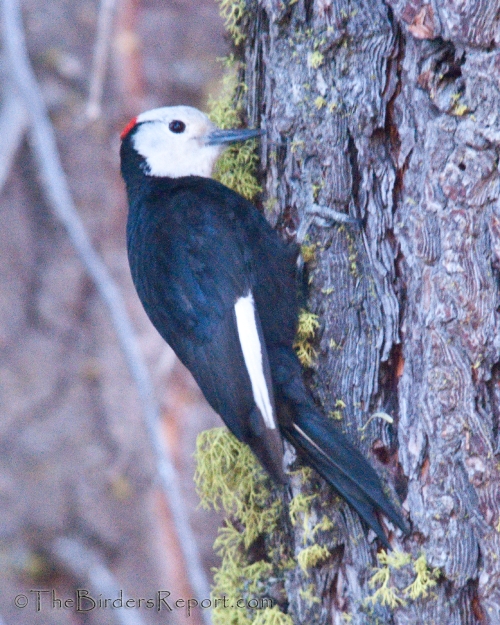
and Steller’s Jays that appeared to be gathering nesting material were going about there business, undaunted by all the other avian activity around them.
Back in the campground we were visited by Gray Jays as well as the Clark’s Nutcracker and Western Tanager.
In an old burn section of forest, behind the campground, I kept hearing the unmistakable drumming of a Pileated Woodpecker and snapped my first photo of this beautiful male
I also caught one of the very cute Lodgepole Chipmunks encountered throughout the park, in a moment of stillness.
Later that morning, the birding group, which included seven members of the Redwood Region Audubon Society, hiked a trail just south of the campground in search of the Black-backed Woodpecker that we have found nesting at Hat Lake on past trips.
We struck out on the woodpecker but we were able to view one of my favorite songbirds, the Mountain Bluebird. This pair appeared to be checking out nesting sites in a meadow on this gorgeous sunny day.
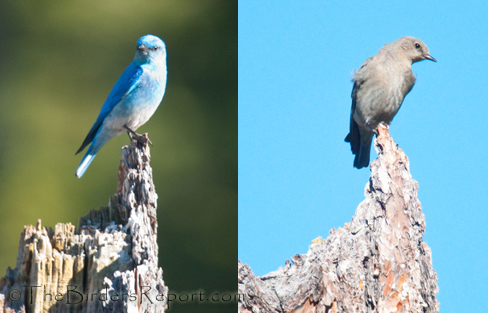
Even though most of the park was not accessable because of the late snows, we were able to observe 58 species of the approximately 216 species of birds seen in the park. Ninety-six of those bird species have been known to breed in the park boundaries according to the National Park Service.
On the way out of the park, we stopped by the northern entrance visitor center, also known as the Loomis Museum, and I couldn’t resist photographing the Douglas’ Squirrel foraging nearby
I hope you enjoyed our bird outing at Lassen Volcanic National Park. This post is part of the I And The Bird 5th Annual Edition Blog Carnival, hosted by our friends at 10000 Birds. If you have never visited a blog carnival, check out IATB. I always keep the current host listed in the right hand column of my blog. No really, check it out! The best bird blogging on the net!
The list of the 58 species of birds observed on this trip:
- Pied-billed Grebe
- Canada Goose
- Mallard
- Bufflehead
- Great Blue Heron
- Turkey Vulture
- Osprey
- Bald Eagle
- Mountain Quail
- American Coot
- Spotted Sandpiper
- Killdeer
- Band-tailed Pigeon
- Great Horned Owl
- Northern Pygmy-Owl
- Vaux’s Swift
- Red-breasted Sapsucker
- Hairy Woodpecker
- White-headed Woodpecker
- Northern Flicker
- Pileated Woodpecker
- Olive-sided Flycatcher
- Western Wood-Pewee
- Duskey Flycatcher
- Steller’s Jay
- Gray Jay
- Clark’s Nutcracker
- Common Raven
- Warbling Vireo
- Cassin’s Vireo
- American Dipper
- Western Bluebird
- Mountain Bluebird
- Townsend’s Solitaire
- American Robin
- Pygmy Nuthatch
- Red-breasted Nuthatch
- White-breasted Nuthatch
- Brown Creeper
- House Wren
- Tree Swallow
- Mountain Chickadee
- Pine Siskin
- Cassin’s Finch
- Orange-crowned Warbler
- Yellow Warbler
- Yellow-rumped Warbler
- Wilson’s Warbler
- Fox Sparrow
- Song Sparrow
- Dark-eyed Junco
- Chipping Sparrow
- Western Tanager
- Black-headed Grosbeak
- Lazuli Bunting
- Red-winged Blackbird
- Brewer’s Blackbird
- Brown-headed Cowbird

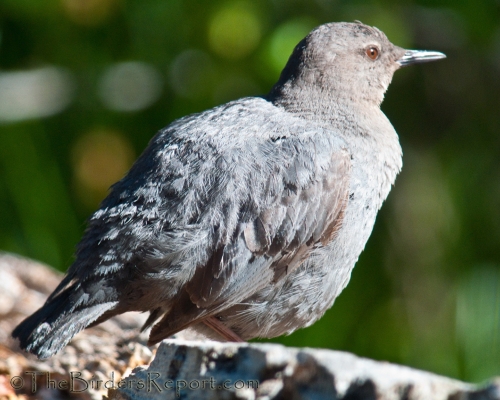
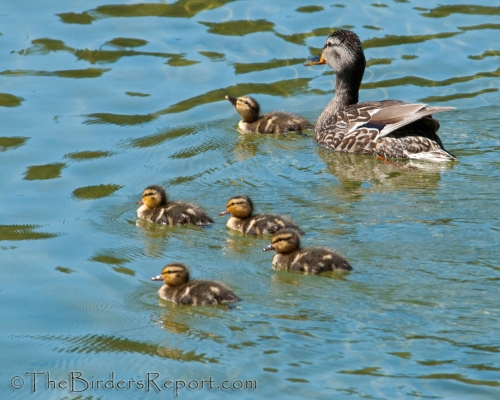
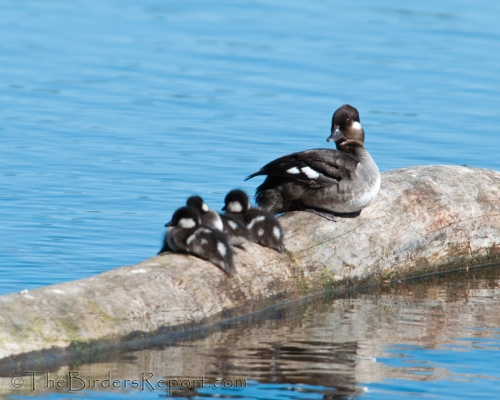
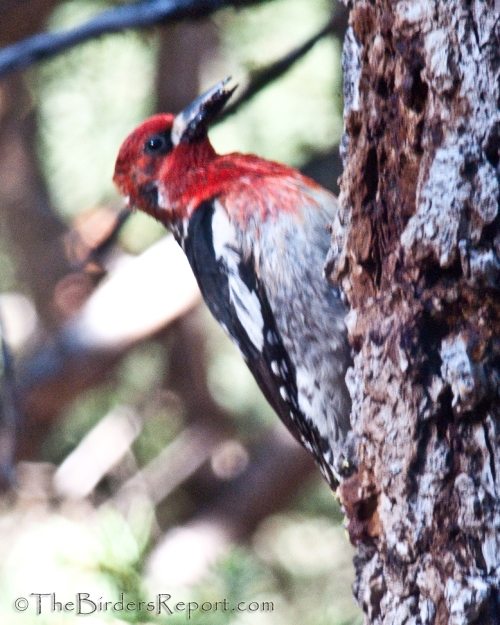
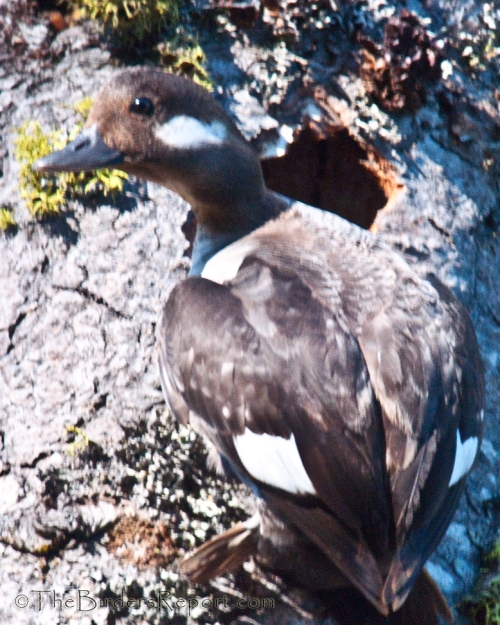
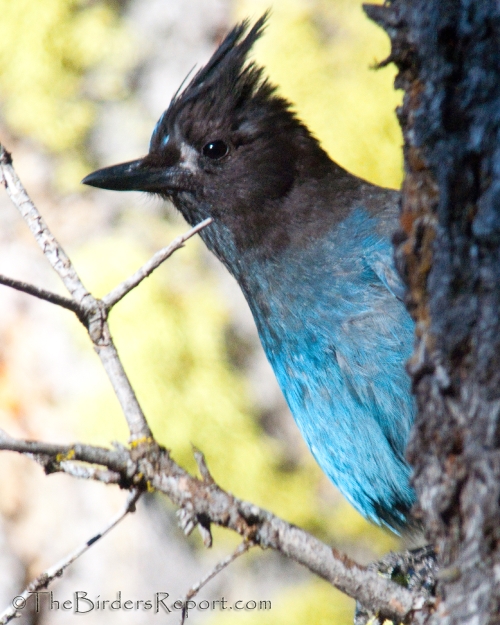
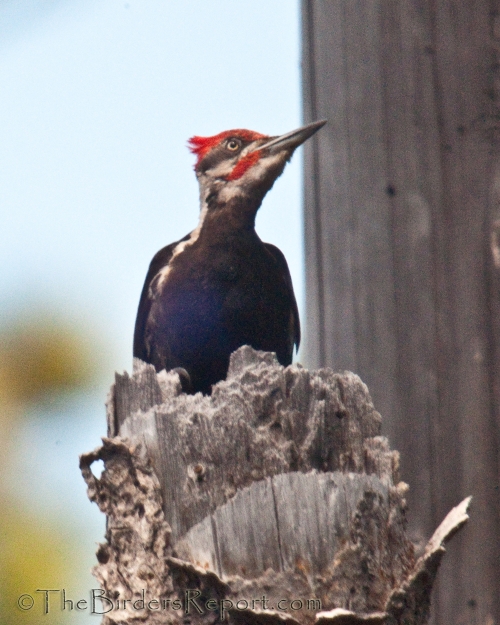
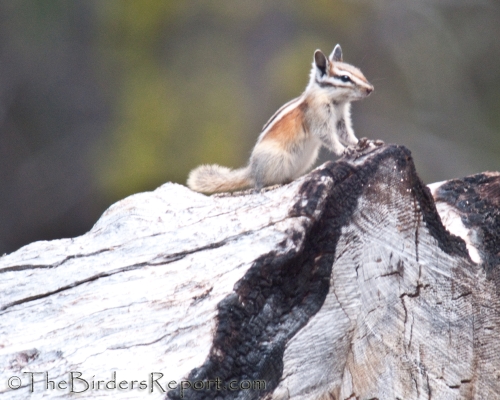
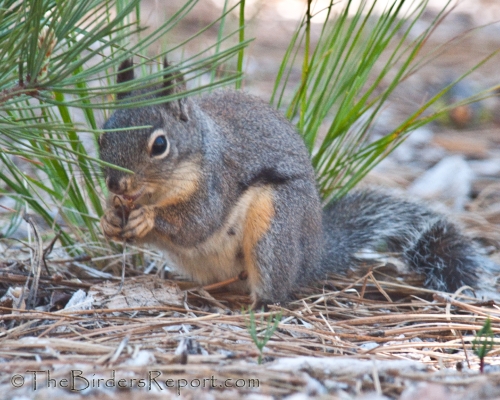








Comments on this entry are closed.
Hi Larry,
Wow this seems to be a good place to visit. you got so many nice shots there, especially I liked the white-headed woodpecker, the steller’s jay and the osprey… Crazy to think that I’ve not seen any single species you cited there!!
.-= chris´s last blog ..Incredible- =-.
@Chris it is an excellent birding hot spot in Northern California. It is also one of the few places you can see the Gray-crowned Rosy Finch in the summer in the US, but I have yet to see it
Great stuff Larry. Looks like you had a great day birding. I am going to be in Lassen all week next week . Hope to find some of these beauties.
.-= Frank Kratofil´s last blog ..Lily Pond =-.
Looks like you had a great day, Larry! I’m glad you included the squirrels along with the birds.
.-= Wren´s last blog ..makin’ tracks skywatch =-.
All sorts of awesome sightings, very cool. Excellent shots. I was up in that area (outside of Chester) late this week for Willow Flycatcher surveys. Cool spot! But we didn’t make it into the deep of Lassen cause the road was still not open – blah! Love the Sapsuckers and the Pileated!
.-= Jill´s last blog ..Its the Snow Plant =-.
So impressiv. All these kinds of woodpeckers. Great!